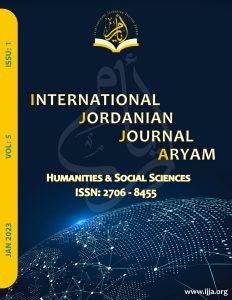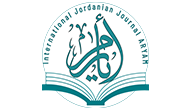Received: 18-6-2022 Revised: 04-09-2022 Accepted: 11-09-2022
Abstract: The research deals with the Algerian novel in its depiction of the liberation revolution, which is a topic of special importance in Algerian culture and global history as it is one of the largest revolutions against colonialism. But how did the Algerian novelists portray this revolution, and were they satisfied with praising it, or did they not remain silent regarding its developments? The aim of the study is to provide an approach to the way in which novelists presented the revolution, and their reading of national history. The body of the revolution in the first positive images presented by the novel The Mountains of Dhahra by Muhammad Sari depicted a great revolution that arose to lift injustice and confront an oppressive colonialist, and called it the heroic struggle. Patience and sacrifices, in addition to the suffering of the population from the poverty and injustice imposed on them by the colonizers, in addition to the arrest of their children and their imprisonment in distant prisons. As for the second negative image, it exposes what has been hidden from history, and explores the betrayals and physical liquidations to which some of the active members of this revolution were subjected. The hands of their colleagues in it who differ from them in ideological affiliation, as is the case with the novel Disintegration by Rachid Boudjedra, and the memory of the body by Ahlam Mosteghanemi, which presented an image of a stolen revolution, planned and implemented by the heroes, while the opportunists and last-minute mujahideen benefited from it.
Keywords: The image, the self and the other, the founding narrative, history, centrality.
DOI: https://zenodo.org/records/10726208
IJJA is a Humanities and Social Sciences publishing journal committed towards providing a platform to outstanding scientists and researchers to exhibit their findings for the furtherance of Humanities and Social Sciences.
The International Jordanian Journal, Aryam Journal of Humanities and Social Sciences (IJJA) (ISSN print: 2710-3005), (ISSN Online: 2706 – 8455) welcomes high quality contributions investigating topics in the fields of Humanities and Social Sciences .
![42cd5crossreff[1]](https://aijj.org/wp-content/uploads/2023/04/42cd5crossreff1.jpg)
![6357copenaccsess[1]](https://aijj.org/wp-content/uploads/2023/04/6357copenaccsess1.png)
![97aa6road[1]](https://aijj.org/wp-content/uploads/2023/04/97aa6road1.jpg)

